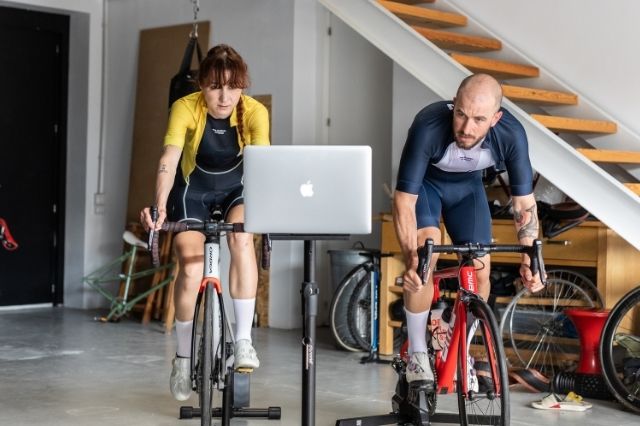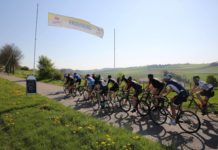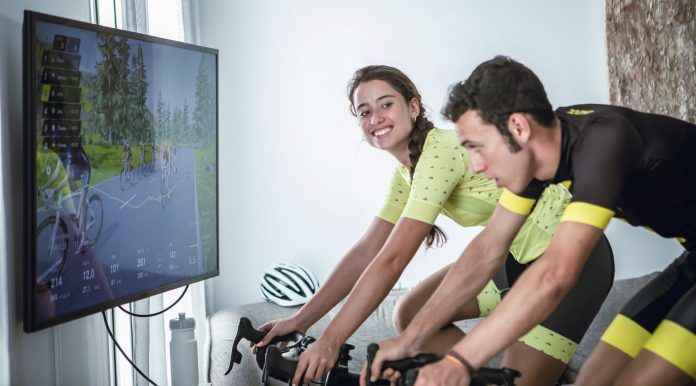The beginning of the year is the traditional time to sit back and reflect, look to the future and set new goals and objectives in your life. The same is true in cycling.
It’s time to take stock of the year behind you and decide what you want from 2022. This is not just a matter of tradition, it’s also the pillar on which your planning will be based, something fundamental to performance.
Here are our tips for setting goals for a successful cycling season.
Take the necessary time
Some athletes get carried away by passion, desire or excessive motivation and make hasty decisions about their cycling goals. Take your time to determine your goals, think hard about what you want and how you can fit it into your life. Before committing to any goal, think about your work, family and other obligations, and what you really want to accomplish.
Use the SMART model
The SMART model is one of the most popular when it comes to setting goals. With it, you can set realistic and measurable goals that help measure progress and keep you motivated.
SMART is the acronym for:
- S – Specific: “I want to be a better athlete” is not specific enough. Try something like “I want to improve my FTP”.
- M – Measurable: If you can’t measure your goals, you won’t know if you’ve achieved them.
- A – Achievable: Be realistic and honest with yourself.
- R – Relevant: It should be both valuable and important to you, something you’re willing to work for.
- T – Temporal: Define the time frame for achieving your goal.
Process and outcome goals
There are two types of goals in cycling: process goals are part of your day-to-day life. You need to focus on these to achieve your outcome goals, which focus on the competitive result (and over which you have less control).
Outcome objectives are important, but they are focused on a specific day and a specific place. To get there, set small goals along the way that lead to that outcome. These process goals are the ones you have control over.
Outcome goals are great long-term motivators, but process goals will be with you every day.
Set short, medium and long-term goals
Continuing with process and outcome goals, it’s important to set small interim goals throughout the season.
You can have a long-term outcome goal, which may be to participate in the amateur race of one of cycling’s monuments. But you should set short and medium-term process goals as well. An example of a process goal would be to incorporate strength work into your training or to increase the kilometers on your trainer compared to last season.
You can also have short-term outcome goals, such as improving the data from your last FTP test or improving your time on a segment you often train on.
Record and evaluate
To maintain motivation, it’s important to check that you’re doing things right, and that your training is on target. There’s no point in achieving goals if you’re not aware of them. Remember the M in SMART: measurable.
Positive thoughts
“I don’t want to take more than an hour for a 40-kilometer time trial” is not the right approach. The correct approach is “I want to do less than an hour in a 40-kilometer time trial.”
Be friends with your goals
This has nothing to do with whether your cycling goals are realistic or attainable, but whether you feel comfortable and in synergy with them. There’s no point in setting goals that don’t motivate you or don’t represent you. Forget what others think, you don’t have to do a 200 kilometer ride just because all your friends have set it as a challenge if it’s not what you want to do.
BKOOL is the most complete cycling simulator on the market. Try BKOOL free for 30 days!













